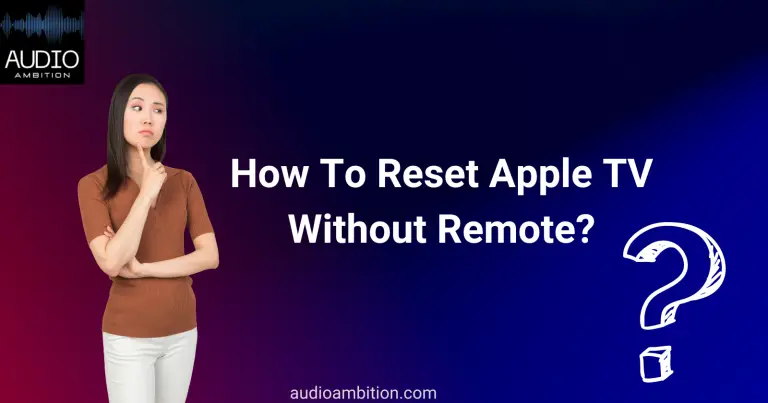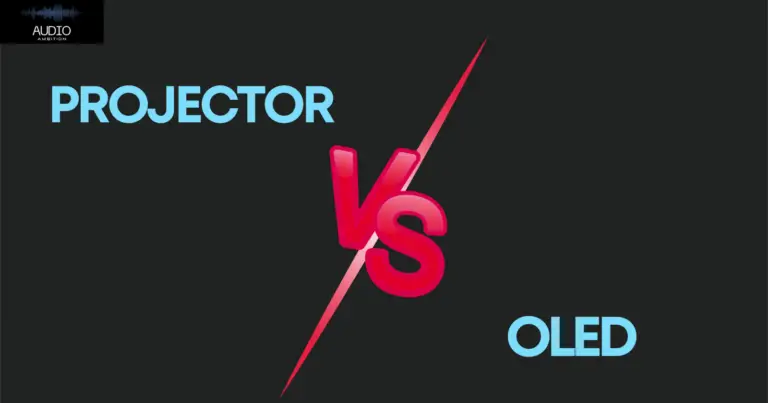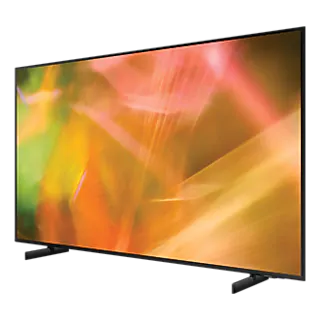Wondering about Samsung LED vs QLED: which is better? When it comes to buying a new TV, the choice between LED and QLED can be confusing. LED TVs have been around for a while and are well-known for their energy efficiency, making them a popular choice. QLED, on the other hand, is a newer technology that TV manufacturers are heavily marketing.
QLED vs. OLED is a debate that has been going on for a while now. Colors and brightness are better on QLED TVs than on LED TVs. Samsung has been in the news for quite some time now, thanks to its Galaxy Note 7 fiasco.
Even though it is no longer selling this device, Samsung still makes headlines because of its other products. The company’s TVs are among its most notable products because they have always been premium devices with cutting-edge technologies.
For current TV owners who are thinking about purchasing a new set, all this attention on Samsung could make them wonder,” Which is better, LED or QLED?”.
While OLED TVs have better picture quality but are more expensive than LED TVs. LED and QLED TVs are very similar, with the main difference being the quantum dot technology used in QLED TVs. This technology adds a quantum dot layer that enhances color accuracy and brightness.
Samsung LED vs QLED: which is better?
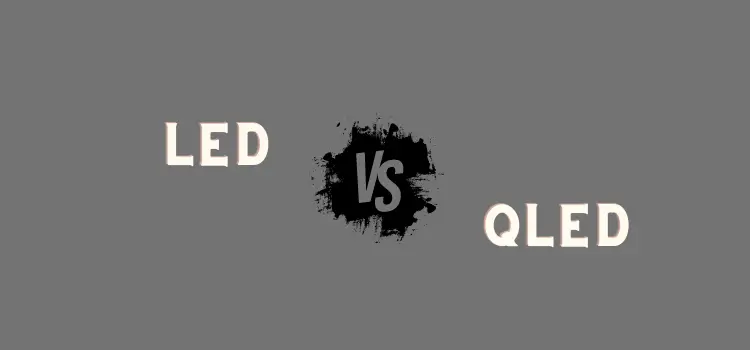
Samsung launched the market’s first commercially available QLED TV in April 2017. This screen technology uses an updated version of OLED that can solve problems relating to color gamut, brightness, and power consumption. Its predecessor used quantum dots but had color accuracy and brightness issues.
QLED is a combination of QD and LED. It uses the emissive electroluminescence technology of OLED along with LEDs. This way, it overcomes the limitations that were experienced in organic light-emitting diodes (OLED). However, there are still some questions surrounding this technology.
For example, while Samsung’s QLED TVs have an impressive brightness level ranging from 1,000 to 4,000 units, they don’t perform as well when used in brightly lit rooms because short wavelengths are not visible to the naked eye.
So if you watch TV under full sunlight, you cannot really see any difference between what an ordinary LED screen would offer.
Samsung also has big claims about its 4K color coverage, but this isn’t any better than what one can get from a high-end premium LED TV. In fact, if you ask the experts, they’d say that OLED technology is still superior when it comes to details in color and dynamic range.
| LED | QLED | OLED | |
| Black Level | Excellent | Excellent | Perfect |
| Gray Uniformity | Decent | Decent | Excellent |
| Brightness | Great | Excellent | Decent |
| Color Gamut | Good | Excellent | Great |
| Viewing Angle | Poor | Poor | Excellent |
| Image Retention | Excellent | Excellent | Poor |
| Motion Blur | Good | Great | Perfect |
| Price and Availability | Excellent | Great | Decent |
QLED Vs LED

Both LED and QLED TVs have their pros and cons.
| QLED | LED |
| QLED stands for “Quantum Dot Light Emitting Diode”. | LED stands for “Light Emitting Diode.” |
| QLED stands for “Quantum Dot Light Emitting Diode.” | LED TVs are known for their energy efficiency. |
| QLED technology also has a quantum dot filter that enhances the viewing experience by reducing motion blur and image retention. | LED backlighting is used in both LED and QLED TVs, but the quantum dot layer in QLED TVs enhances the color volume and black levels. |
| QLED TVs are more expensive and may earn an affiliate commission for the TV makers. | LED TVs are more affordable. |
| QLED TVs have a better viewing experience, especially with wider viewing angles. | LED TVs are known for their reliability and longevity. |
| QLED TVs have a quantum dot layer that enhances color accuracy and brightness levels. | LED and QLED TVs both use LCD technology. |
| QLED TVs also have a full array of dimming zones that improve energy efficiency and enhance the black level. | |
| QLED TVs have a brighter peak brightness than traditional LED TVs. |
Overall, the choice between LED and QLED comes down to personal preference and budget. While QLED TVs have some advantages over LED TVs, traditional LED TVs are still a reliable and energy-efficient option for those on a budget.
However, When choosing between the two, it’s important to consider your budget, the viewing experience you want, and the energy efficiency you need. It’s also important to read the privacy policy before making a purchase.
The Similarities Between Samsung LED and QLED Models

Samsung claims their 2018 TVs are using Quantum Dot Technology but if we take a closer look at the specs and performance, we can easily notice their similarities.
First of all, if we take a look at some of the models announced by Samsung during the CES 2018 event such as Q9F (a.k.a. Q900FN), Q7C (Q7CN or Q7CN/QLED TV), or some other like Samsung RU8000.
We can see they all offer 4K resolution and HDR technology – just like OLED TVs – but with LED panels instead of self-emitting pixels on organic diodes that come with OLED panels.
The Slim Backlight Drive that is present on most of these TVs allows us to enjoy better contrast and deeper blacks than what regular LED TVs can offer so this is a definite advantage that the QLED TVs have over other brands like Panasonic, Sony, or LG.
Samsung has also confirmed they will be using Quantum dots to create their 2018 OLED TVs (Q9F and Q8C) which means we can expect similar performance between two lines of Samsung TVs in terms of image quality. However, there is one thing where these two TV lines differ: pixels.
Since QLED models use LED backlight instead of emissive technology, this means they cannot offer true black and infinite contrast ratio like OLED models. But we should not forget that self-emitting pixel on organic diodes need the power to function.
So even if OLEDs deliver perfect blacks when showing images with 0% brightness, they still consume energy for each LED lamp (similar to Plasma TVs).
Samsung QLED TVs also support HDR technology which means they can deliver better colors and contrast than ordinary LED models.
This is, again, very familiar feature to OLED TVs that support HDR as well but we should not forget that Samsung will base their 2018 OLED TVs on the same technology (HDR10 and HLG) and the only difference between two lines of televisions will lay in pixels: organic diodes vs LED lamps.
The Differences Between Samsung LED and QLED Models

As we mentioned earlier, one of the differences lies in the pixels used inside each model. As you probably know already, self-emitting pixels on organic diodes are responsible for perfect blacks when watching TV in a dark room but what you might not know is that they also have wider viewing angles.
This means if you are watching TV from the side or up-and-down, colors will not change as much as they would on LED TVs where brightness and contrast are affected. However, this is something we can easily notice only when comparing two models side by side so it is not a huge downside of your regular LED TV.
Another difference between QLED TVs and OLEDs is their ability to produce perfect black even in a lit room where ambient light can reach them.
It might seem like it takes away all benefits of self-emitting pixels on organic diodes but let us explain first how this technology actually works: each pixel emits its own light and colors are created by mixing this light with the light coming from LED backlight.
Since we mentioned earlier that LED TVs also use backlight, this means they can also produce perfect black when showing pure dark scenes in a dark room and if we add ambient light, both technologies automatically switch to emissive pixels.
Therefore, self-emitting pixels on OLEDs will emit less brightness than usual, and led lamps will increase power to compensate for the lack of contrast.
As you probably know, the entire tech behind organic diodes is based on mixing light, so when there is no light (because it was blocked by ambient light), these pixels cannot show anything but black.
The same happens with QLED TVs minus self-emitting pixels on organic diodes: the backlight will not be able to deliver perfect black because it will be dimmed by surrounding light. That is why we recommend watching TV in a fully dark room and covering all windows and lamps or watching TV only when there is no other light source around.
Watch this video: Samsung LED vs QLED: which is better?
Colors

The first big difference between Samsung LED and QLED TVs is the colors that they are able to produce. The main way in which Samsung QLED TVs are able to produce richer colors than many other brands’ TVs is through the use of quantum dots .
Quantum dots are extremely small particles that are able to emit light whenever they are stimulated, and it is this property that allows quantum dot TVs to produce richer colors. However, the type of color range produced by these quantum dots can vary depending on which diodes are used to excite them (red, green, blue).
Many companies use violet diodes to stimulate their quantum dots in order to produce more vivid colors. This causes certain ranges like the green range to become slightly washed out when compared with other TVs. The Samsung Q8F series , however, uses red diodes instead of violet ones.
These red diodes allow the TV’s full spectrum of colors to shine without any loss or distortion – what you see on your screen should be exactly how the director envisioned it. Even the Q7F series, which uses violet diodes like many other brands, is able to produce up to a 99% color volume (compared with the standard 72-75%).
The second way in which Samsung LED TVs are different from Samsung QLED TVs is that these quantum dot particles can replace certain backlight technologies like edge lighting and local dimming.
Usually, bright areas of the screen require more powerful light sources than darker areas so that they will be able to shine through loud and clear. These powerful light sources usually emit white or green lights, causing other colors on the screen such as blue and reds to “pop”.
However, because quantum dots can directly produce certain ranges of colors rather than depending on external light sources to produce them, dimming these colors would not only be ineffective but actually cause distortions in the color.
Some companies have tried to deal with this problem by adding another layer of color filters over the top of the quantum dots, which increases the panel’s thickness and leads to decreased screen brightness.
Also, this solution fails to reproduce any colors that are beyond the range that its custom color filter can produce. The Samsung Q8FN/Q7FN series TVs are able to replace certain backlight technologies without sacrificing brightness or color performance thanks to their wide-range solution.
Even though they also use violet diodes, much like most other brands’ TVs, there is no need for additional color filters because each quantum can emit up to three different ranges of color (red, green, blue).
Slimness
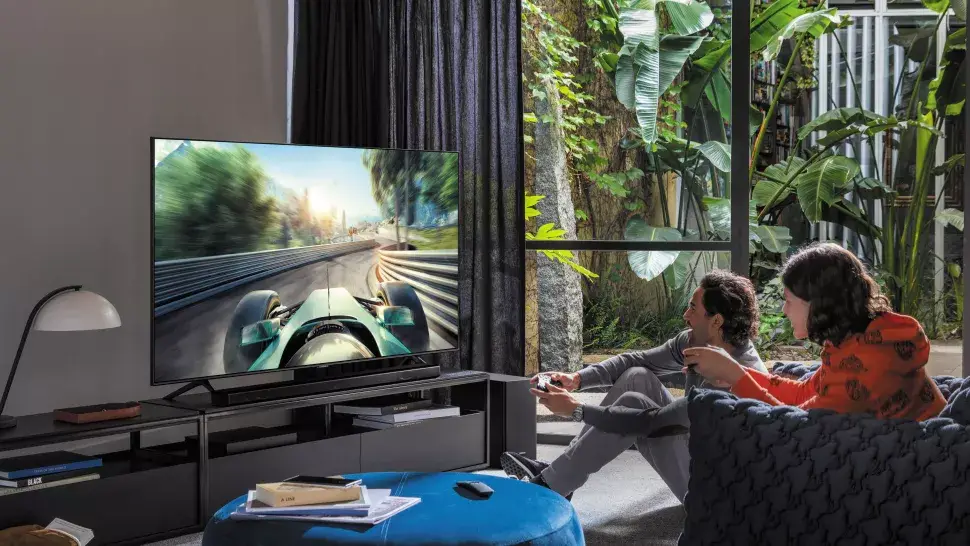
One of the main reasons that people like to buy LED TVs is because they are much slimmer than QLED TVs. This is because there are no extra components that need to be added in order for quantum dots to work their magic; all you really need is a layer of transparent film over the top of the LEDs (the backlight) and some wires.
However, this difference in slimness does come at a cost. While plain LED TVs can emit very bright white light when displaying areas filled with bright colors, Samsung QLED TVs use RGB arrays in order to allow certain portions or even individual pixels on the screen to emit extremely deep blacks.
For example, when playing a game or watching a film, you will see that certain portions of the screen are much darker than others. This is because certain areas are meant to represent very dark colors while others are meant to be bright.
The dimmer pixels in these areas produce deeper blacks which allow other colors on the screen to shine without being dulled by the surrounding darkness. This also allows for much richer shadow details when compared with LED TVs which do not utilize local dimming technology.
The Samsung Q8FN/Q7FN series TVs still use edge lighting like most LED TVs; this means that they can easily match or even outshine their competitors’ screens when it comes to slimness and dimensions (the 55″ model measures only 0.39″ inches thick).
However, in order to make up for this difference in slimness, QLED TVs use RGB arrays (a technology that is usually only used in much larger screens) because they are the best way to produce deep blacks.
This technology allows individual pixels or even small groups of pixels on the screen to emit very low amounts of light when displaying black colors which increases contrast ratios.
Also, since LEDs can work together to create bright colors just as well as they can work together to create dim colors, any bright colors will appear rich and vivid without being dulled by the surrounding darkness.
Do Samsung QLED TVs are better equipped to handle moving images?
All Samsung QLED TVs have a native 120Hz refresh rate, while almost all LED TVs have a native 60Hz refresh rate. This means that Samsung QLED TVs are better equipped to handle moving images which appear much smoother than the kind that standard LED TVs are able to produce.
Pricing

This is where the differences between these two technologies really start to show up. While it is undeniable that quantum dots are pricier than LEDs, their costs have fallen significantly over the past several years, and they can now be used in almost any screen size (even smaller models like those found in smartphones).
However, this does not mean that all QD TVs will cost more than LED TVs; even though some models of both technologies use the same components, others do not.
For example, while most LED TVs still use basic IPS panels, QLED TVs utilize VA panels which have better contrast ratios and deeper blacks.
Also, while LED TVs can work with a minimum of two color diodes per pixel, QLED TVs use three color diodes per pixel in order to produce brighter colors and greater detail when displaying both dark and bright colors at the same time.
Samsung’s pricing scheme for QLED TVs is actually quite complicated and not very easy to understand just by looking at a list of different models.
However, since prices can vary pretty significantly between different models, we recommend that you carefully compare the specs of each TV in order to determine which one will best suit your needs.
Samsung LED TVs are currently on average cheaper than Samsung QLED TVs, but there are still several models of both technologies that cost about the same amount.
In addition, while most LED TVs on the market cost less than $1000, 8K QD TV models have been released by some companies (which retail for more than $5000).
4K Micro-LED TV prototypes have also been showcased by some manufacturers (with rumored prices of $100,000+).
Final thoughts: Samsung LED vs QLED
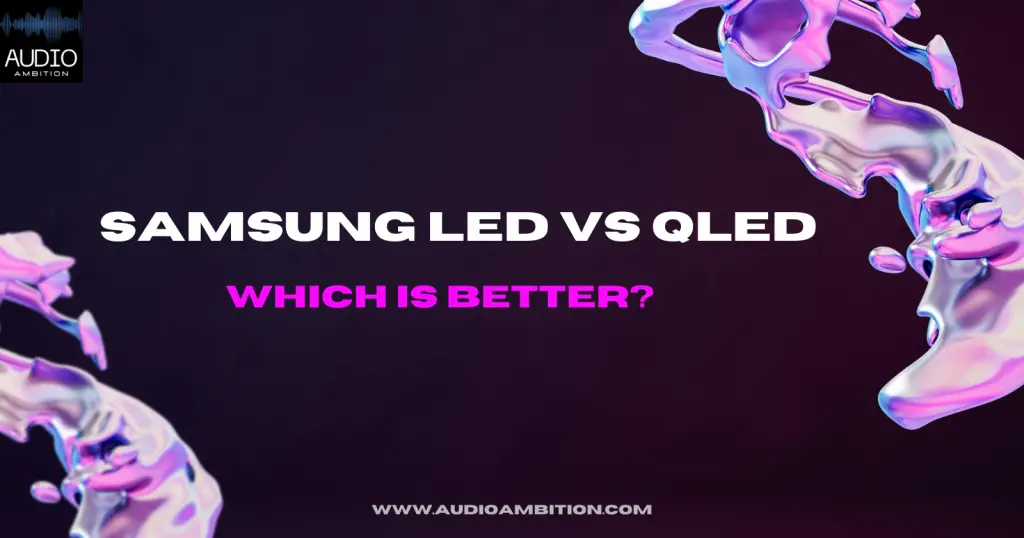
Both use different technologies but offer the same image quality. While the only difference between the two lines of TVs lies in the pixels used inside each model.
If you want to get the best picture possible, you must go for OLED TVs that come with self-emitting pixels on organic diodes, which can also produce perfect blacks even in a lit room, but they do require more power than QLED TVs – each pixel needs to emit its own light (so when you add up all pixels, this means more energy used).
Samsung QLED TVs use the same technology as OLEDs but they use LED lamps instead of organic diodes and the only difference in picture quality between the two lines lies in contrast: self-emitting pixels on OLED can deliver perfect black and infinite contrast ratio while LED lamps cannot.
However, we should not forget that even if QLED TV uses a white LED backlight that is responsible for creating colors, it can also produce perfect black in a lit room so both technologies have their pros and cons.

